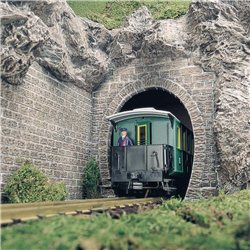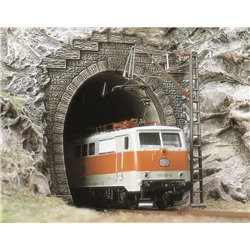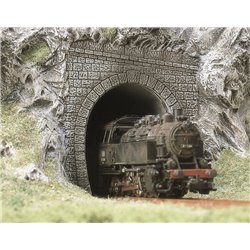There are tens of thousands of decals available covering a multitude of different models from trains, planes and...
No products
Product successfully added to your shopping cart
There are 0 items in your cart. There is 1 item in your cart.
Search Tips
What is a railway tunnel portal?
The dictionary defines a portal as an entrance to something and is often grand or imposing in appearance. A railway tunnel portal, in essence, is the tunnel's entrance.
A large proportion of railways in the UK date back to the 1800s with many tunnels along the routes featuring grand or extravagant portals, and for good reason too. Although the brick or stonework surrounding portals does have the practical function of retaining the hillside to prevent land slippage, the grandeur of the portals was implemented to instil confidence into early rail passengers for whom the whole concept of train travel was new and unnerving, especially when travelling through tunnels.
To avoid looming tunnel mouths causing anxiety for the passengers, the architecture of early portals was specifically designed to visually represent strength and a grand entrance. Not only did these decorative portals achieve this, they also brought an element of extravaganza to the railways.
Click here to receive the tips weekly in your mailbox. You can unsubscribe at any time.










